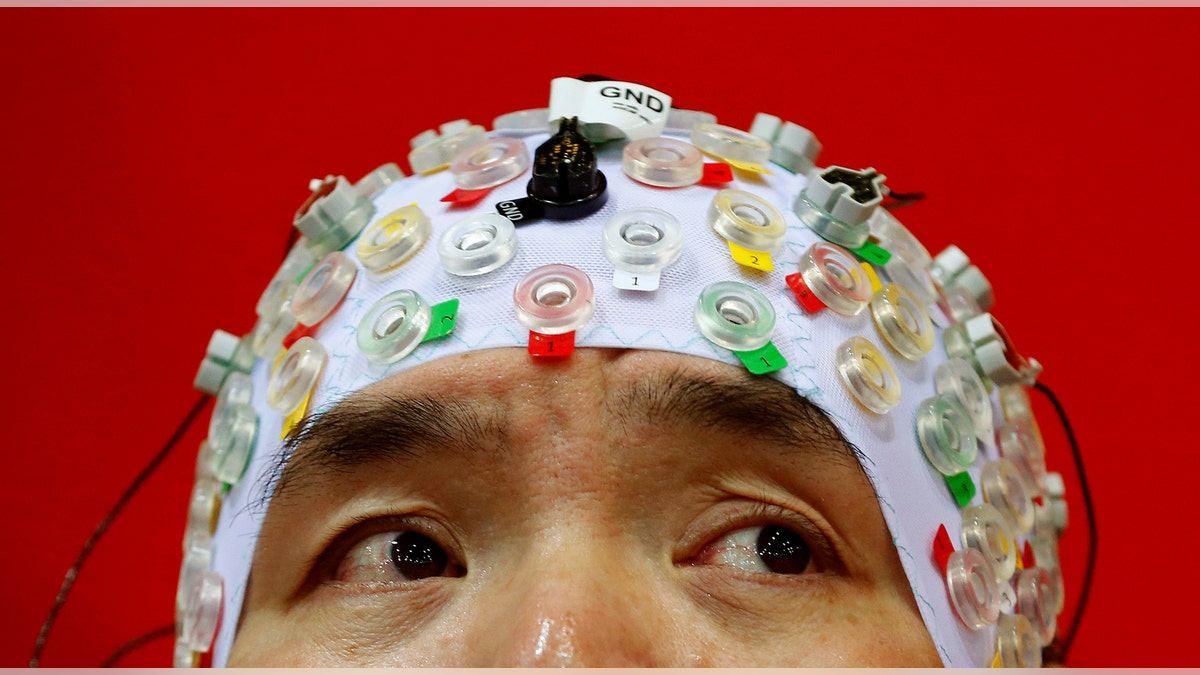
File photo: Hong Gi Kim of South Korea competes during the Brain-Computer Interface Race (BCI) at the Cybathlon Championships in Kloten, Switzerland October 8, 2016. (REUTERS/Arnd Wiegmann)
In the latest "men are from Mars, women are from Venus" debate, neuroscience jumps into the fray. In what UPI deems the "largest functional brain imaging survey ever," researchers from California's Amen Clinics used a type of 3D imaging to determine that women's brains are decidedly more active than males' in many regions—especially in those that handle focus and self-control, as well as those that manage mood disorders, per a press release.
The findings suggest a possible tie between the higher rates of Alzheimer's disease, depression, and anxiety disorders in women, as well as higher rates of ADHD and conduct-related issues in men, who are also more likely to be incarcerated.
Scientists say the study is important in advancing our understanding of gender-based brain differences, which can then lead to better, more targeted treatment for various conditions down the road.
The study, published in the Journal of Alzheimer's Disease, looked at more than 46,000 single photon emission computed tomography (SPECT) scans from 119 healthy subjects and more than 26,000 participants with various psychiatric conditions (including bipolar disorder and ADHD) to measure blood flow in 128 discrete regions of the brain, both at rest and immersed in a concentration task.
Scientists observed increased blood flow in women to their prefrontal cortexes (the region that handles impulse control and concentration) and limbic areas (the mood and emotion managers), while men's visual and coordination centers lit up more than women's.
"The quantifiable differences we identified between men and women are important for understanding gender-based risk for brain disorders such as Alzheimer's disease," lead author Daniel G. Amen says. (Boys and girls have different reactions to childhood trauma.)
This article originally appeared on Newser: Women's Brains More Active Than Men's in 2 Key Areas
